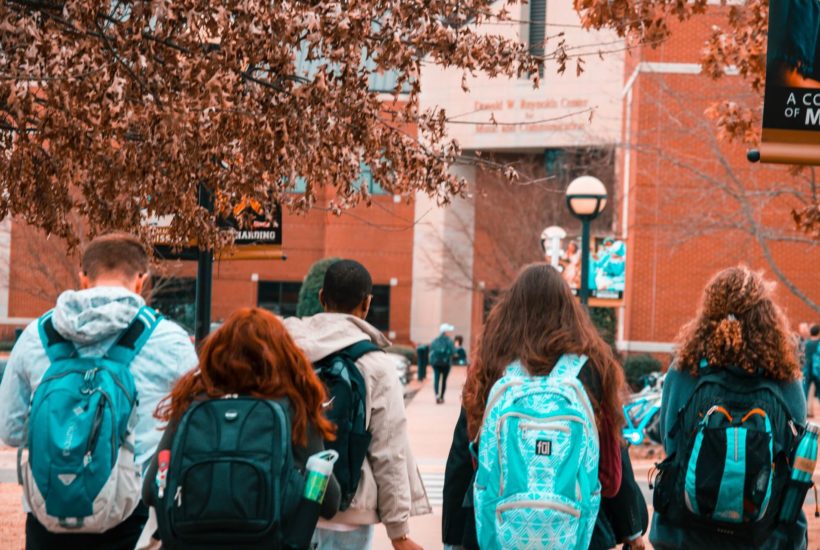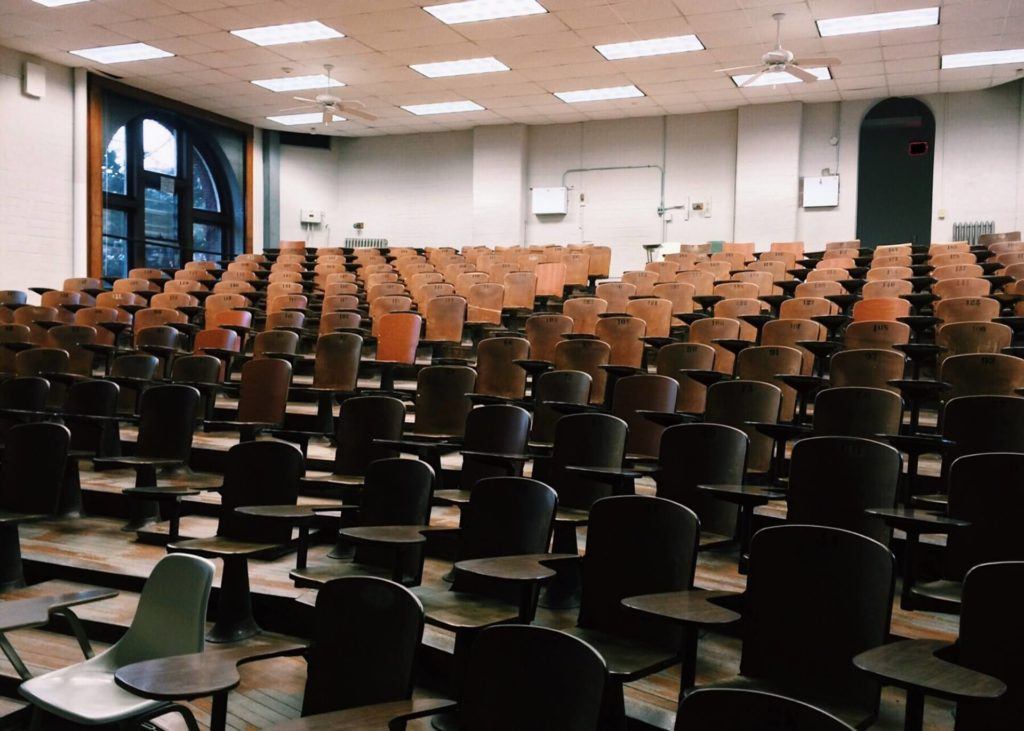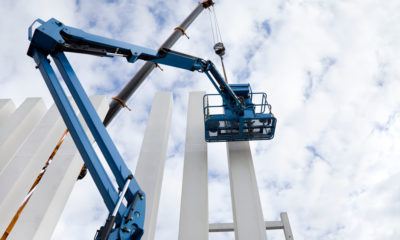Business
Upgrading school safety—how should it be done?
Companies with safety enhancement solutions will find opportunities in schools looking to upgrade their safety measures.

Throughout America, there is a robust effort underway to find the best way(s) to ensure the safety of students, teachers, and administrators. Yet, there is no agreement on how to accomplish that goal. Ensuring school safety has become a very difficult and complex pursuit.
The need is urgent, but currently, there’s no consensus and no endorsed guidelines. That’s the bad news. The good news is that powerful and determined forces are working on this problem, and school security recommendations should be forthcoming soon.
Education officials, parents, and elected officials all have the same questions:
- What is the best way to make schools safe and protect students, teachers, and administrators?
- What should school officials do with the limited funding they have been given to spend on safety enhancements?
- Can safety options be prioritized?
- Is technology the answer? If so, why is so much funding being spent on hiring more security guards?
There are no quick and easy answers, but a group of universities, organizations, associations, and industry groups have joined in the effort to find solutions. The list of those working on the problem is impressive.
Johns Hopkins University has taken up the challenge by creating a Center for Safe and Healthy Schools. The university has made resources and funding available to help educators, school systems, and communities make good decisions about school safety initiatives.
Stanford University also has a program addressing school safety. It is called Reimagining School Safety, and students and faculty there are involved in researching ways to enhance campus security.
In Texas, legislators created and funded a Texas School Safety Center on the campus of Texas State University in San Marcos. The center was established so representatives of the university could collaborate with stakeholders and develop safety guidelines for administrators in Texas.
Other organizations working on security issues include the Security Industry Association (SIA), the Secure School Alliance, National School Boards Association (NBSA), and the National Parent Teacher Association. There are dozens more, but to date, there is no consensus on recommendations for ‘best practices’.
Basically, there’s no single correct answer. Every region is different, and every school district has unique issues. Making educational campuses and facilities safer is an elusive goal.
There are federal grant programs, and funding has been made available from state legislatures, local organizations, and school budgets. Even consolidated, the funding is far from adequate. That makes it more imperative than ever to spend whatever amount is available wisely. There are many examples of what is happening throughout the country.
The state of Indiana has made changes to its Secured School Safety Grant Program. Legislators increased the funding and expanded rules on how it could be spent. Mandates for immediate action were passed, and one bill requires every school district to complete a threat assessment by 2021 to be eligible for funding.

It’s a difficult goal to ensure that educational facilities are kept safe from all types of danger or harm. (Source)
Legislators in Kentucky passed laws that also require every school district to implement certain safety precautions. For example, every door in every school must be fitted for locks. This includes all classroom doors. Other rules require the installation of cameras and intercom systems by 2022. School officials also must appoint safety coordinators and train threat assessment teams.
Lawmakers in the state of Washington have mandated studies to evaluate the safety of hundreds of schools each year. The studies, which are to be done by engineering firms, are designed to evaluate the safety of school buildings. In particular, legislators want to see reports that predict how secure buildings would be in the event of an earthquake.
In Totem, Washington, officials are dealing with an issue that is common throughout the country. School administrators must analyze the safety of old buildings and then compare the anticipated costs of upgrading unsafe facilities to the cost of constructing new buildings. Totem Middle School, for instance, is more than 50 years old, and engineers have estimated upgrade costs at approximately $1.8 million. Now, officials must decide whether to implement the improvements or construct a new building.
In South Carolina, the Beaufort County Board of Education will ask voters to approve funding to improve school safety by renovating some inadequate facilities. Voters also will be asked to fund additional classrooms. Officials need $290 million to construct one new building and renovate three others. These projects are included on a long list of school facility upgrades that have a combined cost estimate of approximately $629 million.
The Chelsea School District in Michigan will ask voters to provide funding for school needs, including safety enhancements. The bond package, if approved, will provide $81 million in funding.
In Virginia, the Albemarle County Public Schools system plans to upgrade safety and security by installing electronic door locks, camera buzz-in systems, and badge readers. Existing elevators also need to be replaced because they are too small to accommodate a stretcher in case of an emergency.
Nevada’s governor signed a number of bills that boost school funding. One bill provides an additional $120 million for K-12 schools, and another measure enhances the Safe Voice Program that enables anonymous reporting of threatening or dangerous activity related to public schools. Officials now are required to provide emergency response plans and hire school safety specialists. A statewide committee will make school safety recommendations to lawmakers at the next legislative session.
Officials at the Carmel Clay Schools district in Indiana have announced a bond election for November of this year. They will ask for voter approval of a tax increase to pay for security upgrades in public schools. If approved, about $40 million will be available over the next few years to hire school security officers for every building. The funds also could be used for mental health counselors for students.
Companies with safety enhancement solutions will find many opportunities in school districts throughout the country.
—
DISCLAIMER: This article expresses my own ideas and opinions. Any information I have shared are from sources that I believe to be reliable and accurate. I did not receive any financial compensation for writing this post, nor do I own any shares in any company I’ve mentioned. I encourage any reader to do their own diligent research first before making any investment decisions.

-

 Crypto2 weeks ago
Crypto2 weeks agoAnalysts Warn Bitcoin’s Rally May Fade as MicroStrategy Signals Caution and Liquidity Weakens
-

 Fintech3 days ago
Fintech3 days agoItaly Issues First Natively Tokenized Minibond on Public Blockchain
-

 Cannabis1 week ago
Cannabis1 week agoUS Hemp Regulation Overhaul Sparks Global Impact
-

 Crowdfunding7 days ago
Crowdfunding7 days agoDigital Finance Fosters Inclusivity: Women and Minorities Lead in Italian Equity Crowdfunding

























